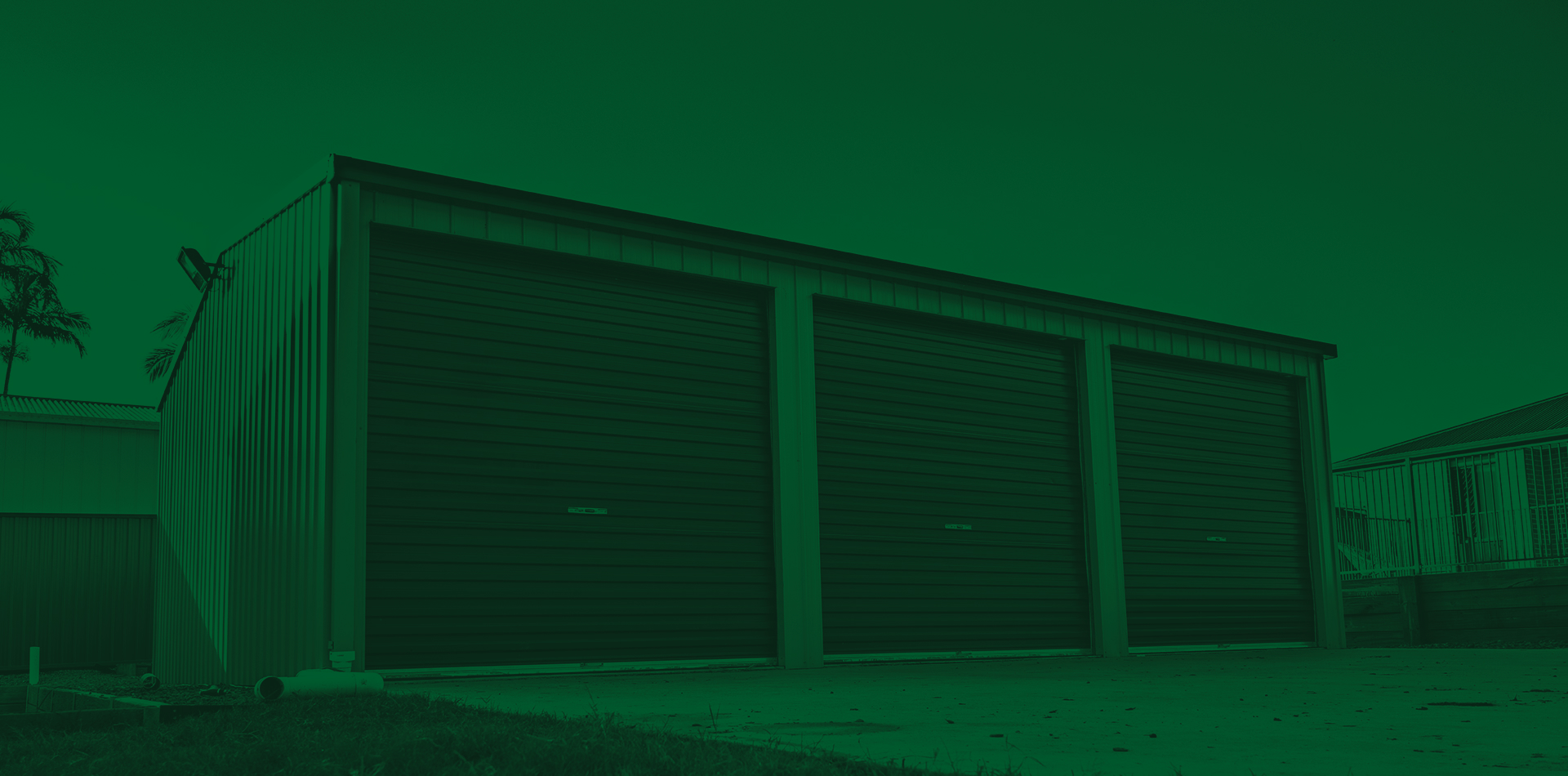How to Properly Prepare Stables for a Horse

The good news is that with a little bit of hard work and preparation you can form a perfectly prepared stable for your new horse without too much trouble at all.
We’re going to take you through the main tips and tricks behind preparing stables for horses. This way you’ll be ready when your new horse comes in and prepared to provide it with a comfortable spot for rest, relaxation, and shelter.
Positioning the stables
When it comes to stables, it’s a matter of location, location, location. Be sure that stables are not positioned next to places that might be a big source of dust, such as large hay sheds or grain dryers. It’s also worth it to try and make sure your stables are away from trees, as leaves can cause trouble with blocked drains.
That being said, they can provide a useful wind break in exposed sites. If possible, try to arrange the boxes of your stable in a manner that can benefit from the morning sun, and avoid steep slopes as horses can slip over and injure themselves easily when they’re just getting up.
Best practice stable dimensions
While obviously the dimensions of your particular stable are going to vary from horse to horse, there are some best practice stable dimension rules that apply for horses of most varieties.
- Box stall – For your box stall you’ll want a 3×3 metre space for ponies, 3.6×3.6 for horses foaling, and 5×5 metre if you’re going for an isolation box for larger horses.
- Standing stall – Generally you’re going to want a standing stall, which is 1.7 metres wide and 3.3 metres long, with a rear passageway of roughly two metres.
- Door – Ideally for your stable door you’re going to want it to be 2.4 x 1.2 metres. It’s also recommend that you use sliding doors are they’re safer and more reliable than hinged doors, which have a tendency to block or decrease the available width of a passageway.
General rules for stable warmth and ventilation
Horses have the ability to tolerate a wide range of temperatures, but you still have to get the stable temperature right if you’re going to be housing these creatures. One problem that can be caused, for example, is if you possess newborn foals or young stock, which have low metabolic rates. These horses are likely to be stressed by colder temperatures, so an extra source of heat like a radiant lamp might be necessary. Ensure your horses are wearing rugs in the colder climates and be wary of regional chilling of the extremities in extreme conditions which can be quite an issue.
Ventilation and drainage
It’s essential for every stable to have a good drainage system and be well ventilated. You also want it to be free from draughts which can be quite uncomfortable for most breeds of horses. Sloping floors and/or drainage channels are an effective way to manage drainage, and the onus is on you to manage these effectively by providing appropriate bedding material and frequently removing muck, soiled, and discarded hay. The design of the building should allow for the free flow of air, but the opening should face away from prevailing winds to ensure effective ventilation standards are met.
Lighting the stable
Ideally if you can, you’re going to want to light up the stable with as much natural light as possible. The best way to do is through windows, open aspects, and clear roof panels that can bring the maximum amount of natural light into your stable, which is important for the horses.
Sometimes though, during the darker winter months you’re going to need an additional source of light to ensure the horses are well lit and to provide a safe working environment. For this reason, it’s also generally recommended that you also install some electric light fittings as an added precaution.
Bedding for the horses
There are a couple of important things to be mindful of when you’re figuring out the bedding for your horses. Firstly, it’s essential to provide some sort of non-slip flooring to minimise stress on the horse’s joints that comes with prolonged standing. Rubber matting provides a good option in this respect. Consider putting additional loose bedding material on top of the matting as an extra disposable layer. The bedding must be of a suitable thickness so that when the horse lies down there’s no chance of injury through floor pressure or abrasion. Straw, wood shavings, shredded paper, and chopped cardboard all provide effective bedding options. The most important thing, however, is you make sure it’s clean and recycled regularly for the horse’s comfort.

